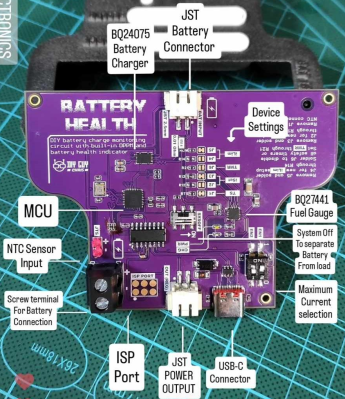It’s a well-known factoid that batteries keep getting cheaper while capacity increases. That said, as with any market that is full of people who are hunting for that ‘great deal’, there are also many shady sellers who will happily sell you a product that could be very dangerous. Especially in the case of large LiFePO4 (LFP) batteries, considering the sheer amount of energy they can contain. Recently [Will Prowse] nabbed such a $125, 100 Ah battery off Amazon that carries no recognizable manufacturer or brand name.

If this battery works well, it could be an amazing deal for off-grid and solar-powered applications. Running a battery of tests on the battery, [Will] found that the unit’s BMS featured no over-current protection, happily surging to 400 A, with only over-temperature protection keeping it from melting down during a discharge scenario. Interestingly, under-temperature charge protection also worked on the unit.
After a (safe) teardown of the battery the real discoveries began, with a row of missing cells, the other cells being re-sleeved and thus likely salvaged or rejects. Fascinatingly, another YouTuber did a similar test and found that their (even cheaper) unit was of a much lower capacity (88.9 Ah) than [Will]’s with 98 Ah and featured a completely different BMS to boot. Their unit did however feature something of a brand name, though it’s much more likely that these are all just generic LFP batteries that get re-branded by resellers.
What this means is that these LFP batteries may be cheap, but they come with cells that are likely to be of questionable quality, featuring a BMS that plays it fast and loose with safety. Although [Will] doesn’t outright say that you shouldn’t use these batteries, he does recommend that you install a fuse on it to provide some semblance of over-current protection. Keeping a fire extinguisher at hand might also be a good idea.
Continue reading “Buying Large LiFePO4 Batteries: How Cheap Is Too Cheap?”



















